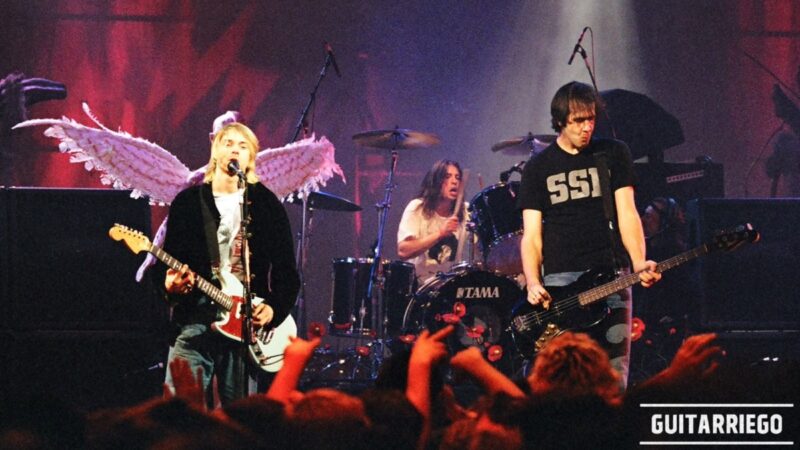Les Paul: “If you don’t do something, Fender is going to rule the world”
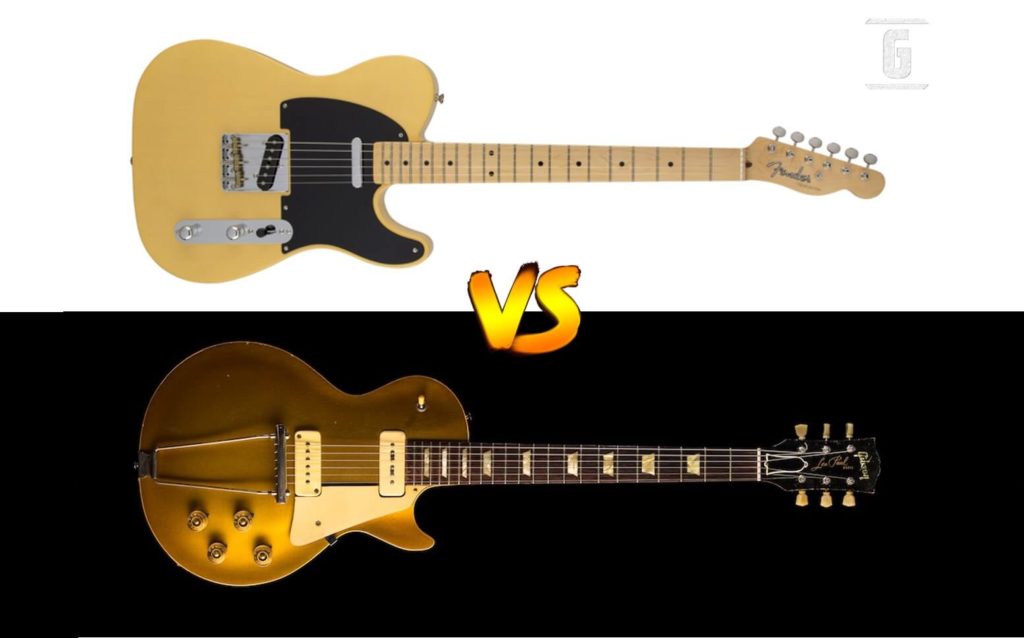
The story of the rivalry of Fender and Gibson, Leo and Les Paul is passionate, we tell you everything about their birth, their friendship and competition.
The talks of Leo Fender, Les Paul and Paul Bigsby
In 1947, Leo Fender brought Paul Bigsby to the Les Paul house in Hollywood, where they listened to country and western guitarists and debated how the solid-body guitar could combat volume and feedback problems. By the spring of 1951, Bigsby had already reached the goal with the custom guitar – Custom – for Merle Travis and Fender already had the guitar that would soon be called the Telecaster in production. This is where this happens.
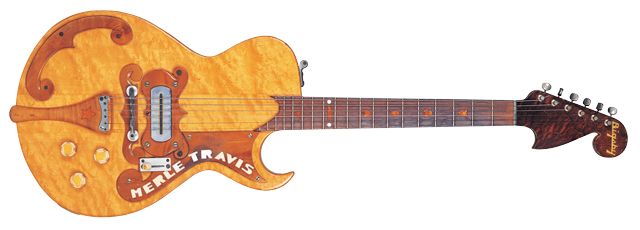
The Fender Guitar Boom in 1951
In 1951, hunched over his desk at the Radio-Tel offices in Santa Ana, Don Randall, who years later would become Fender’s President, watched a stream of orders pour in for Fender’s new Spanish electric guitar. In March he recorded that he had worked three to four nights every week until 10:30 p.m. m. and he was still lagging behind. Exhausted and excited when May rolled around, even before the guitars left the factory bearing the new Telecaster name, Randall bragged about the flood of orders in the letters he sent to his salespeople. Then he pressured them to sell more.

“Our Spanish guitar is being sold in quantities that surprise us, but we are not yet performing enough”
Don randall
Don Randall commented on his surprise at the amount of their sales, but still, he believed that they were still not performing enough. Some dealers had ordered the Fender electric guitar for so long that they were surprised when they arrived, but most complained that they did not receive the guitars quickly enough. The price of the Fender guitar was $ 189.50, plus $ 39.95 for a hard case. Thus, the Telecaster was practically a bargain, and Fender was breaking sales records every month. However, Randall believed that the company could perform even better.
Big manufacturers laughed at solid body guitars
Randall remembered what it had been like to walk through trade shows and be laughed at by Fender’s biggest rivals, seeing his company casually discarded for just dreaming of a solid body guitar. But there was something he knew would silence those naysayers once and for all.
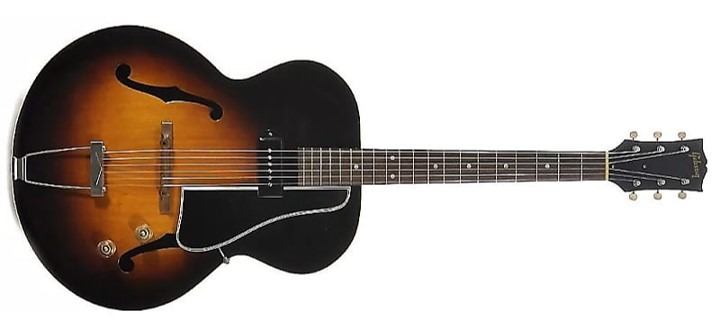
When Leo dreamed of Les Paul being the endorser of the Telecaster
In early 1951 there would be no better endorser or sponsor of the new Fender guitar than Les Paul, America’s most popular “electric guitarist.” Putting a Fender Telecaster in Paul’s hands practically guaranteed high volume sales and acceptance across the country, not just in California and the Southeast, where Fender was already popular.
The Fender Master Strike That Couldn’t Be
It would be a masterstroke: snatching this famous guitarist from established companies like Gibson and Epiphone, whose instruments he had always preferred. Don Randall knew that Leo and Les were friendly, and both Don and Leo desperately wanted Les to adopt the Telecaster. So one night in mid-June Randall traveled to try to realize the dream.
When Les Paul tested the Telecaster
Randall wrote to a colleague on June 21, 1951: “I was in Los Angeles on Saturday night and spoke with Les Paul. … I left him a guitar and an amplifier to test this week, and he will apply all his expertise and then give me his opinion. You may know that he has been using one of our Super Amps for a long time. In fact, it seems like it’s had it for over a century. This week he will be testing a Pro Amp and Telecaster guitar, so his feedback will be very interesting. “

Randall gave Les a translucent yellow two-pickup Telecaster without a name decal, engraved with the date 05-10-51 -May 10, 1951- on the neck. Apparently, Les believed that the guitar was more of a prototype than a production model, which more or less confirmed Randall’s impression that he couldn’t be expected to pay too much attention to either the guitar or the man. who gave it to him.
Les Paul, a magnificent guitarist
Later Randall wrote: “This was the first opportunity I had to meet Les and see him play live and believe me, he is a magnificent instrumentalist. (…) However, he seems to be a bit self-centered. Mary Ford – Les’s wife – is a very polite and very talented person. He sings beautifully and plays guitar better than 90 percent of all musicians today. “
“(Les Paul) seems to be a bit self-centered.”
Don randall
Egocentric or not, the Les Paul was important enough that Randall looked forward to his verdict. Later, he reminded them that there was a note from Leo on the Telecaster, in which he asked “Look at her -on the guitar- and think about it.” It was an instrument that embodied the ideas Les had championed so much: a solid-body guitar that showed the way to the future.
Leo wanted Les’s backing, but maybe business wasn’t his only motive. Leo would have liked to show his friend and rival what he had been making, to boast, just a little, in the discreet and practical way in which he did everything.
From crazy ideas to a massive selling product
The advancements and improvements that Les, Leo, and Paul Bigsby had discussed on those afternoons in Les’s yard were clearly and powerfully reflected on the Telecaster. What had been just wild, quasi-reasoned ideas were now a commercial product, modestly priced, practical in design, and available in music stores nationwide.
They had all been working on the same problem, and Leo believed he had solved it, not just for the few wealthy professionals, as Bigsby did, but for guitarists all over the world.

Leo Fender’s invitation to Les Paul
“This is where I’m going,” Leo told Les at the time, Les recalls. “Would you like to come and be a part of this?” He believed that joining Fender might be a smart move. Leo had shown the ability to carry out a radical and controversial idea. The Telecaster had become a guitar that ordinary musicians could buy, one that was markedly different from any other that was hung in a music store. He reminds them that a partnership with Leo “seemed like a great idea at first.”
Then he began to contemplate his long intermittent relationship with Gibson, whose guitars he had loved since childhood. Production at the Fullerton factory, although it had a revolutionary product, was still small. “There was no Fender back then,” Les commented to an interviewer, which, while inaccurate, suggests Fender’s meager national impact. “All there were were Leo’s plans.”

Les Paul’s rejection of the Telecaster
A decade ago Gibson had rejected the idea that Les had proposed with The Log. Les was playing mostly Epiphones at the time that he had modified himself, but still felt a connection to the prestigious Michigan factory.
Crucially, Les had also decided that he actually didn’t like the Telecaster that much. Its audio was too clear and bright for her taste. The design was too simple, plain and unattractive. The Fender was the common man’s guitar, and Les had always thought of himself as extraordinary.
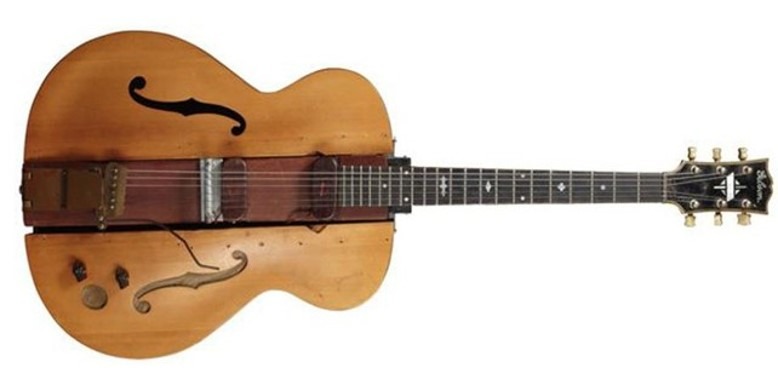
Les Paul and its affinity with Gibson
When Leo went to ask Les what he thought about the instrument, and raised the possibility of an endorsement, Les had bad news for him. “I said to Leo, ‘Wow, I’ve had a great relationship with Gibson all these years, and they are part of the largest musical instrument factory in the world, and I would like to try again designing a guitar with them before I make a move.'”.
Les just wasn’t ready to give up on Gibson, even though Gibson laughed at his latest big idea. In his autobiography, Les states that Leo understood this decision. “He agreed that I did not want to abruptly embark on a new project.”
The birth of the great rivalry of Fender vs Gibson

But Les didn’t just turn down the endorsement. He decided to use Leo’s innovation in a way that would change their relationship forever. According to Les’s version, he tried to brandish Fender’s solid-body guitar as an influence to get Gibson to make the kind of instrument he wanted. After analyzing the Telecaster, Les claims that he called Maurice H. Berlin, president of Gibson’s parent company, and told him about the guitar.
The Fender Telecaster, the perfect boost for Les Paul and Gibson
“And if you don’t do something, Fender will rule the world.”
Les paul
At a later meeting, according to Les Paul, Berlin asked him for his thoughts on the Fender guitar. He tried to get the idea across to the executive: “I think the solid body guitar is going to be very important,” he told Berlin. “And if you don’t do something, Fender will rule the world.”
One year later, in 1952, Gibson released its first solid body electric guitar, the Gibson Les Paul Standard Goldtop. Thus giving birth to the great rivalry “Fender vs. Gibson “
In this way, the Telecaster and Leo Fender served as the impetus for the Les Paul and Gibson to create the Gibson Les Paul. A few years later, the Stratocaster would also appear, with which the Holy Trinity of electric guitars would be formed. The three most important guitars in the history of the electric guitar.
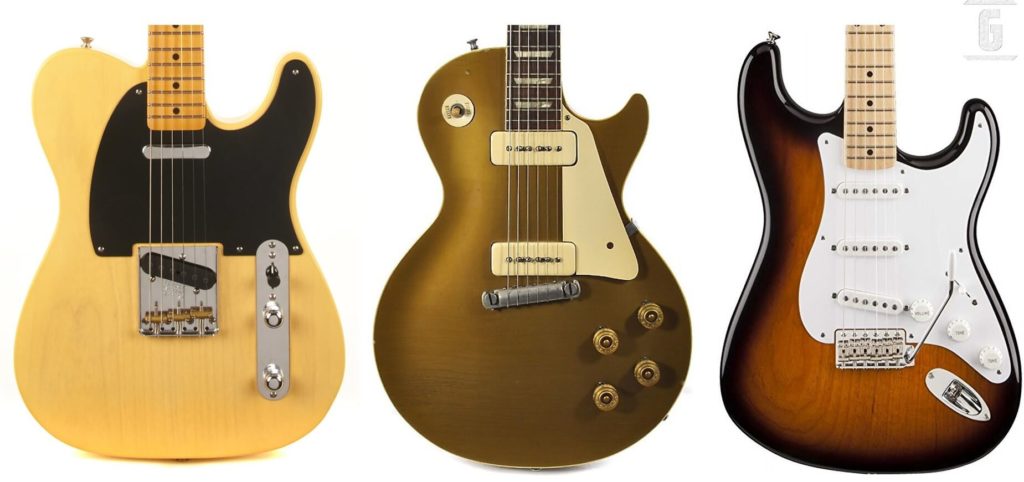
This article is based on the book The Birth of Loud: Leo Fender, Les Paul, and the Guitar-Pioneering Rivalry That Shaped Rock ‘n’ Roll, by Ian S. Port. In Castilian: El Nacimiendo del Ruido: Leo Fender, Les Paul and the rivalry of the guitar pioneers that shaped Rock ‘n Roll. Book on the birth of the solid body electric guitar that includes not only Leo and Les, but also Paul Bigsby, Merle Travis, Muddy Waters, and other pioneers of the new instrument.
For more information, head over to Fender and Gibson.
Related Articles: Ted McCarty and Gibson’s Golden Age.
You can share opinions or also chat about this and more with other musicians in our comments section.


